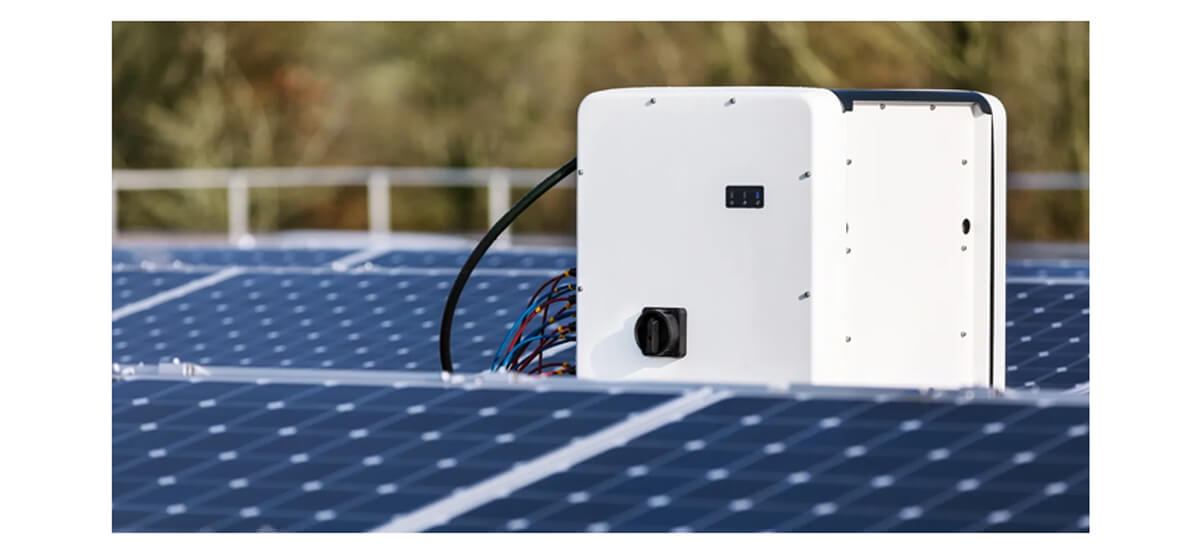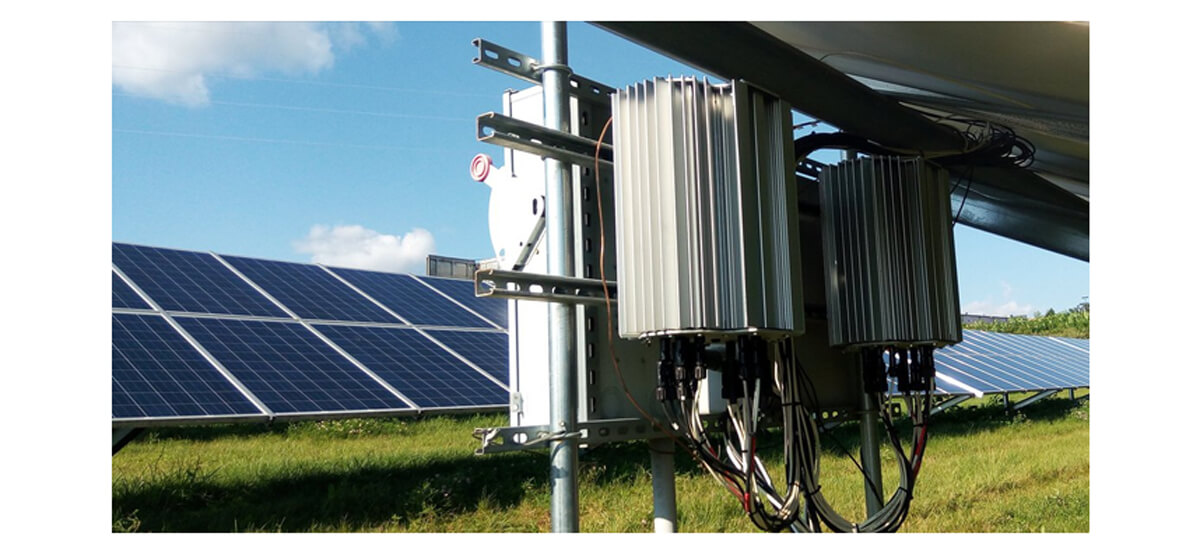Contents:
In an age where the environmental impact of traditional energy sources has come under increasing scrutiny, solar energy has emerged as one of the most promising alternatives. The rapid advancement in solar technology, coupled with the growing efficiency of power inverters, has positioned this combination at the forefront of the global shift toward clean, renewable energy. This article explores how solar panels and power inverters work together, their benefits, challenges, and the future of this technology in powering homes, businesses, and industries worldwide.

Solar energy systems rely on two key components: solar panels and power inverters. Solar panels capture sunlight and convert it into direct current (DC) electricity, which, by itself, cannot power most household or commercial appliances. This is where power inverters come into play. A power inverter converts the DC electricity generated by solar panels into alternating current (AC), which is the type of electricity used in most electrical grids and appliances globally.
This conversion is crucial for integrating solar power into modern electrical systems. Without the inverter, the energy harnessed from the sun would be largely unusable for practical purposes. As a result, power inverters serve as the bridge between renewable solar energy and our everyday energy needs.
Power inverters vary in their design and functionality. Below is an overview of the common types of inverters used in solar energy systems:
| Inverter Type |
Description |
Best Use |
| String Inverters |
Converts DC from multiple panels in series. |
Small to medium-sized systems with uniform sunlight. |
| Microinverters |
Each panel has its own inverter. |
Systems with shading or complex rooftops. |
| Hybrid Inverters |
Works with both solar panels and batteries. |
Systems with energy storage or backup needs. |
| Central Inverters |
Handles large-scale solar installations. |
Utility-scale or large solar farms. |
| Battery-Based Inverters |
Converts stored energy from batteries. |
Off-grid or backup power systems. |

1. Energy Independence
One of the biggest advantages of using solar power with an inverter is the potential for energy independence. By generating your own electricity, you can reduce or eliminate reliance on external power sources. This is particularly valuable in remote locations where grid access may be limited or in areas where energy prices are high.
2. Environmental Sustainability
Solar energy is a clean, renewable resource that significantly reduces greenhouse gas emissions. Unlike fossil fuels, which release carbon dioxide and other pollutants into the atmosphere, solar power is a sustainable energy source that contributes to a reduction in global warming and air pollution.
3. Cost Savings
While the initial investment in solar panels and power inverters can be substantial, the long-term savings on electricity bills can be significant. Many countries offer incentives, rebates, and tax breaks for solar installations, further improving the financial viability of solar energy systems. Moreover, as the cost of solar technology continues to decline, solar energy becomes increasingly accessible to homeowners and businesses.
4. Scalability
Solar energy systems are highly scalable, meaning they can be customized to fit a variety of needs, from small residential setups to large commercial or industrial installations. Power inverters, in particular, can be chosen based on the size and complexity of the system, allowing for tailored solutions that meet specific energy requirements.
Despite its many benefits, solar energy systems with power inverters also face some challenges:
1. Efficiency Losses
Power inverters are not 100% efficient; some energy is lost during the conversion from DC to AC. While modern inverters have significantly improved, typically offering efficiencies above 95%, this conversion loss can impact overall system performance.
2. Initial Costs
The upfront costs of installing solar panels and inverters can be prohibitive for some. While costs are decreasing, the initial investment remains a barrier to entry for many homeowners and small businesses, especially in developing regions.
3. Grid Integration
For large-scale solar systems, integrating with the existing power grid can pose challenges, particularly in areas with outdated grid infrastructure. Additionally, fluctuations in solar energy production due to weather conditions can lead to grid instability, requiring advanced inverter technologies that can help manage these variances.

As solar energy continues to grow in popularity, innovations in power inverter technology are critical for improving system efficiency, reliability, and affordability. Researchers are currently exploring several advancements, including:
- Smart Inverters: These inverters have advanced features that allow them to communicate with the grid, monitor energy usage, and optimize energy flow in real-time, improving both energy efficiency and grid stability.
- Hybrid Systems: The integration of solar energy with battery storage is becoming increasingly important, particularly as the need for energy resilience grows. Hybrid inverters that can seamlessly switch between grid power, solar energy, and stored battery power are expected to become more widespread.
- Microgrid Integration: In regions with unreliable power grids, microgrids—self-sufficient energy systems powered by solar and other renewable sources—are emerging as a solution. Power inverters that can manage the complex energy flows within microgrids are likely to play a key role in the future of distributed energy systems.
Solar and power inverter technology is revolutionizing how we generate and use energy. By harnessing the sun's limitless potential and converting it into usable electricity, these technologies are driving the global transition to cleaner, more sustainable energy solutions. While there are challenges to overcome, particularly in terms of efficiency and cost, the future of solar power looks bright. As innovations in inverter technology continue to evolve, we can expect even greater performance, reliability, and affordability, making solar energy an increasingly attractive option for powering the world.
FAQs
What is the typical lifespan of a solar inverter?
Solar inverters generally last between 10 to 15 years, depending on the quality and usage conditions. Some high-end models can last even longer with proper maintenance.
Do solar inverters work during a power outage?
Standard grid-tied solar inverters do not function during a power outage for safety reasons. However, hybrid or battery-based inverters can provide backup power if integrated with energy storage systems.
How can I monitor the performance of my solar inverter?
Many modern solar inverters come with monitoring systems, either built-in or accessible via smartphone apps, allowing you to track energy production, efficiency, and any potential issues.
Are there noise concerns with solar inverters?
Most solar inverters generate minimal noise during operation, often a low humming sound. However, central inverters used in large installations may be noisier due to their size and cooling systems.
Can I upgrade my solar inverter if I expand my solar panel system?
Yes, you can upgrade to a more powerful inverter if your solar system expands. It's important to choose an inverter that matches the new system's capacity to optimize performance.








